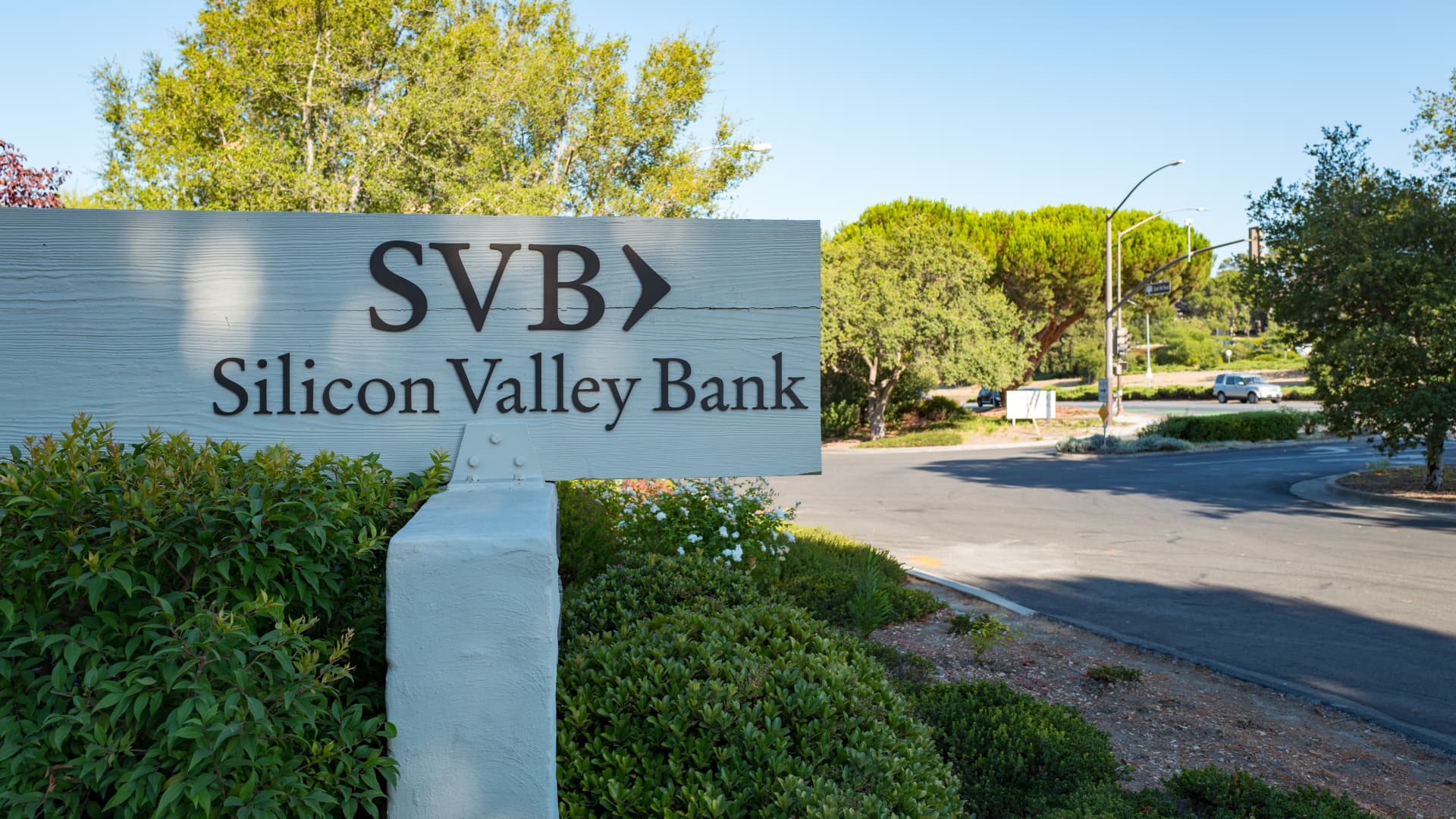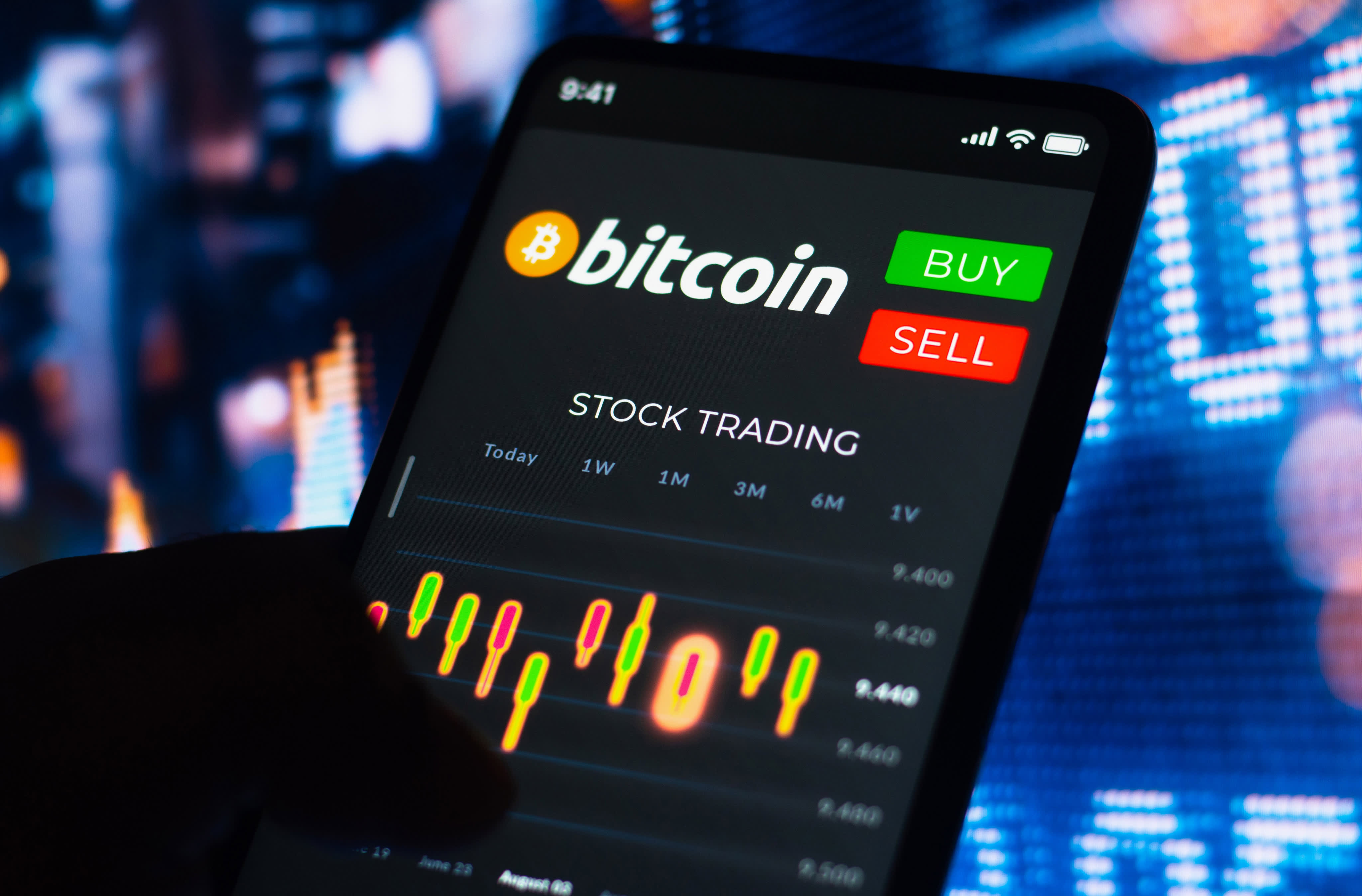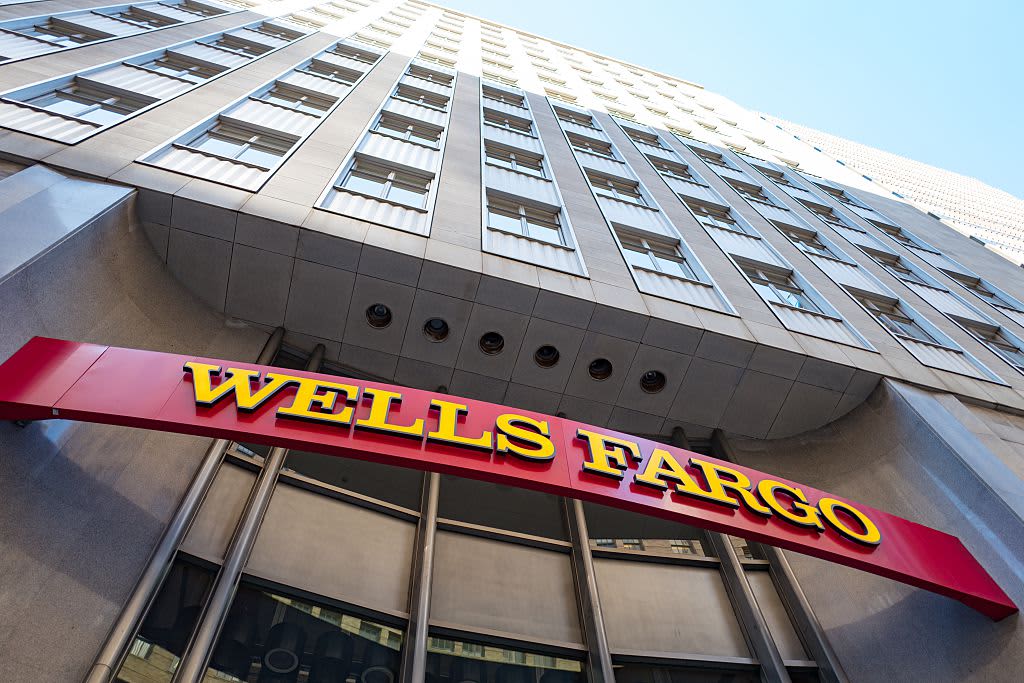Products You May Like
Silicon Valley Bank has long been considered the lifeblood for tech startups, providing traditional banking services while funding projects and companies deemed too risky for traditional lenders. Billions of dollars in venture capital flow into and out of the bank’s coffers.
But the 40-year-old firm’s intimate ties to technology leave it particularly sensitive to the industry’s boom-and-bust cycles, and on Thursday those risks became abundantly clear.
related investing news
SVB was forced into a fire sale of its securities, unloading $21 billion worth its holdings at a $1.8 billion loss, while also raising $500 million from venture firm General Atlantic, according to a financial update late Wednesday. After its stock soared 75% in the 2021 market rally, SVB lost two-thirds of its value last year and then plummeted another 60% during regular trading on Thursday and an additional 22% after the close.
For the Silicon Valley region, the troubles land at a particularly difficult time. Venture capital deal activity sank over 30% last year to $238 billion, according to PitchBook. While that’s still a historically high number, the dearth of initial public offerings and continuing drawdown in valuations among once highfliers suggests that there’s much more pain to come in 2023.
As a large regulated bank, SVB has been viewed as a stabilizing force. But its latest financial maneuvers are raising alarm bells among the firm’s client base.
“Psychologically, it’s a blow because everyone realizes how fragile things can be,” said Scott Orn, operating chief at Kruze Consulting, which helps startups with tax, accounting and human resources services.
Orn called SVB a “crown jewel of Silicon Valley” and a “strong franchise” that he expects to survive this difficult period and even potentially get acquired by a bigger bank. For his customers, which number in the hundreds, a pullback by SVB would likely make it more expensive to borrow money.
“Losing a major debt provider in the venture debt market could drive the cost of funds up,” Orn said.
According to SVB’s mid-quarter update, one of the primary problems the bank faces has to do with the amount of money its customers are spending. Total client funds have fallen for the last five quarters, as cash burn has continued at a rapid pace despite the slowdown in venture investing.
“Client cash burn remains ~2x higher than pre-2021 levels and has not adjusted to the slower fundraising environment,” SVB said.
In January, SVB expected average deposits for the first quarter to be $171 billion to $175 billion. That forecast is now down to $167 billion to $169 billion. SVB anticipates clients will continue to burn cash at essentially the same level as they did in the last quarter of 2022, when economic tightening was already well underway.
Analysts at DA Davidson wrote in a report on Thursday that in terms of spending, “companies have not adjusted to the slower fundraising environment.” The firm has a neutral rating on the stock and said concerns “over a slow to recover VC environment have kept us cautious on SIVB shares.”
S&P lowered its rating on SVB to BBB- from BBB, leaving it just one notch above its junk rating. On Wednesday, Moody’s reduced SVB to Baa1 from A3, reflecting “the deterioration in the bank’s funding, liquidity and profitability, which prompted SVB to announce actions to restructure its balance sheet.”
Concern has quickly turned to the potential contagion effect. Does the bank’s acknowledged misfortunes lead clients to pull their money and house it elsewhere? That question was circling among investors and tech execs on Thursday, even after CEO Greg Becker wrote in a letter to shareholders that the bank has “ample liquidity and flexibility to manage our liquidity position.”
“More in the VC community need to speak out publicly to quell the panic about @SVB_Financial,” Mark Suster of Upfront Ventures wrote on Twitter. “I believe their CEO when he says they are solvent and not in violation of any banking ratios & goal was to raise & strengthen balance sheet.”
Suster funds the kinds of risk-taking and future-oriented ventures that rely on SVB for banking services.
In the case studies’ section of the firm’s website, for example, SVB highlights a loan to solar panel provider Sunrun, debt offerings to autonomous construction equipment vendor Built Robotics and financing solutions for ocean drone startup Saildrone.
SVB’s loan losses remain low, meaning that at least for now it’s not facing the kind of credit challenges the bank dealt with during the dot-com crash and financial crisis, when charge-offs soared. Rather, analysts are focused on the deposit side of the house.
“Given the pressure on their end markets, especially the elevated levels of client cash burn, SIVB is seeing continued material outflows of client funds, both on- and off-balance sheet,” wrote analysts at Wedbush, who have the equivalent of a hold rating on the stock. That recommendation is “based on SIVB’s growth normalizing after an exceptional 2020-2021 and our belief that the VC market could remain challenged for the next couple quarters.”
Moody’s downgrade specifically pointed to concerns about the bank’s risk profile, pointing out that the “balance of shareholder and creditor interests posed higher than average governance challenges.”
SVB still managed to find reasons for optimism. In a section of its report titled “Continued Underlying Momentum,” the bank noted that private equity and venture capital dry powder hit a record high in January to the tune of $2.6 trillion, an indication that there’s plenty of cash out there for startups.
SVB can only hope that it remains a trusted financial source for companies as they look to eventually store a good chunk of that money.
WATCH: Why SVB isn’t a canary in the coal mine for regional banks





